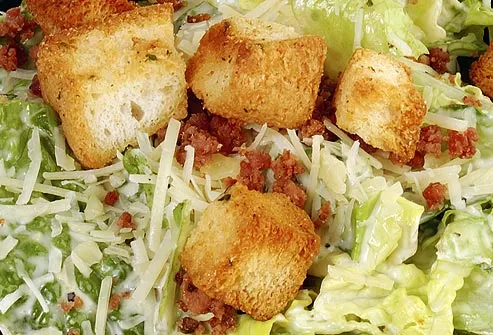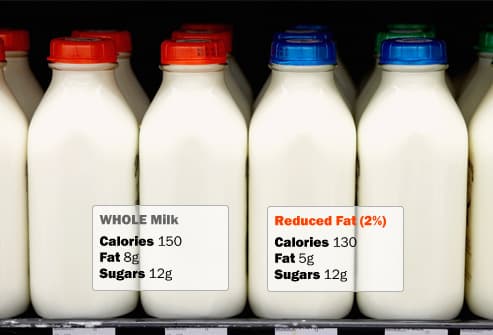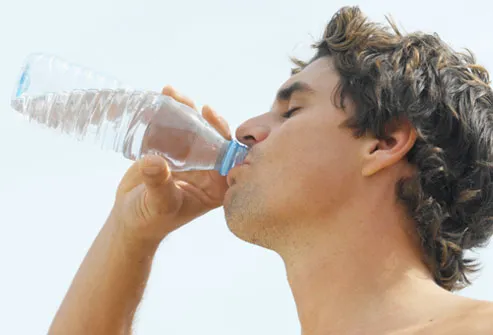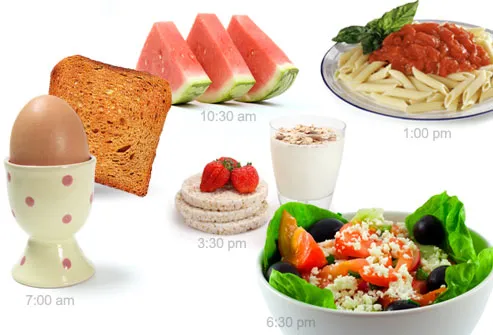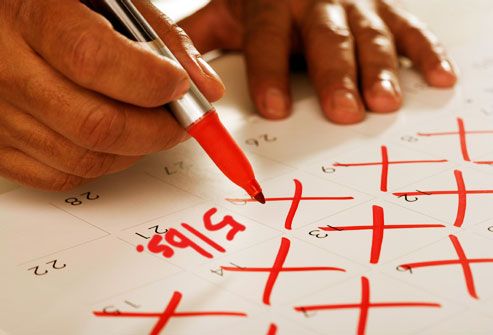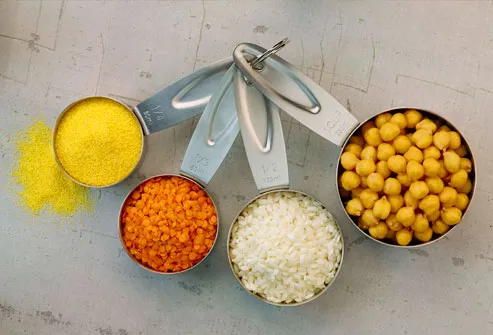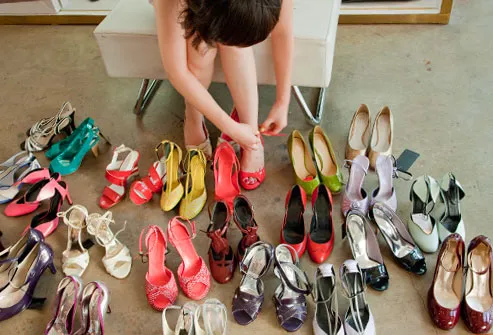The Fast Food Diet: What it is
If you love quick meals at fast-food restaurants and are looking for an easy weight loss plan, The Fast Food Diet may be for you.
It might sound like a gimmick, but author and cardiologist Stephen Sinatra, MD, thinks you can lose weight easily on The Fast Food Diet -- if you choose menu items carefully and exercise regularly.
Essentially, The Fast Food Diet is a six-week guide for making the healthiest selections from virtually every major fast-food restaurant menu, for breakfast, lunch, dinner, or snacks. The book also includes tips for choosing healthy foods from mall food courts, sit-down restaurants, airports, and convenience stores.
It's a no-nonsense approach aimed at busy moms, drive-through addicts, and anyone else who loves the convenience and taste of fast food but wants to eat healthier or lose weight.
Naturally, Sinatra would prefer his patients, and the 80 million other people who eat at fast-food restaurants each day, to enjoy a healthy diet loaded with fruits, vegetables, whole grains, low-fat dairy and lean meats. But he realizes that is unrealistic for many people.
"People love fast food because it tastes good and is reasonably priced, and no matter what professionals say, they are going to continue to eat there," says Sinatra. "So why not help them make healthier food choices?" If we empower people to make wiser food choices, it is a step in the right direction toward improved health and weight loss."
The Fast Food Diet: What You Can Eat
Dieters can enjoy grilled chicken sandwiches, chili, baked potatoes, fruit parfaits, and even junior burgers on The Fast Food Diet. But don't think for a minute that french fries or sodas sweetened with high-fructose corn syrup are part of the plan. In fact, if you followThe Fast Food Diet plan, you won't get many unhealthy trans fats -- fried foods are not allowed.
But you may not miss them. Sinatra offers suggestions for healthier substitutions for fast-food favorites, along with easy tips for reducing fat and calories while still enjoying a diet primarily from fast-food restaurants.
For example, choose vinaigrette salad dressing instead of ranch for a savings of 130 calories. (Use less of the dressing and you save even more calories.) Order seltzer with lemon instead of a sweet soda, and you save 310 calories. Forget mayonnaise and special sauces, and you can save up to 170 calories per sandwich.
The Fast Food Diet also includes some simple recipes for nutritious meals that can be prepared in 15 minutes or less, as incentives for busy folks to eat at home rather than hitting the drive-through.
The Fast Food Diet: How It Works
The plan is as simple as following the recommended food and beverage choices (totaling about 1,500 calories daily), and walking a mile a day.
The Fast Food Diet: How It Works continued...
"Shave 250 calories per day from your food intake and walk a mile, and the result is a deficit of 500 calories daily or about a pound of weight loss in a week. What could be easier than that?" says Sinatra.
If you consistently follow his plan, you could drop around 50 pounds in a year.
And you won't be hungry, according to the author. By making smart choices, dieters can have their cake and eat it, too.
"Substitute a grilled chicken sandwich on a whole-grain roll, topped with lettuce and tomato, without the mayo, and you have a satisfying sandwich with fewer calories than the super burger," says Sinatra.
The Fast Food Diet: What the Experts Say
"Never say fast food is off-limits on a diet, because if you are very selective and careful about portions, foods from these restaurants can fit on a weight loss plan," says Leslie Bonci, MS, RD.
She says The Fast Food Diet plan is realistic because too many people just don't have time for food preparation. It also addresses regular physical activity, an essential piece of the puzzle for weight loss.
However, she adds: "I think the title is a bit misleading because his plan does not include all fast food, and some people might think they can continue to eat whatever they want."
The truth is that it's difficult to meet the recommendations of the U.S. Department of Agriculture's 2005 Dietary Guidelines when you eat all your meals at fast food-restaurants.
So Bonci suggests using The Fast Food Diet as a guide to making the best choices when you eat at fast-food restaurants, while always striving to eat more fruits, vegetables, salads, and whole grains. And to make sure you're getting all the nutrients you need each day, include a few home-cooked meals each week.
"When you prepare meals at home, you know exactly what ingredients are in your meals, and can control calories and fat and increase fruits, vegetables, add fiber and whole grains much more easily," says Bonci.
Bonci also reminds dieters that cutting back on sweetened beverages is an important part of the equation.
"There are so many empty calories in sweetened drinks and sodas that if dieters cut back on these beverages alone, they could easily trim calories for successful weight loss," she adds.
The Fast Food Diet: Food for Thought
It might be hard to imagine losing weight on a diet chock-full of fast food. But look at Jared, star of the Subway commercials and a role model for fast-food weight loss.
For best results, use The Fast Food Diet plan to make the best choices at fast-food restaurants, and supplement with healthy meals at home.
Says Bonci: "The secret to making any diet work is sticking with it and making compromises that will add up to weight loss. Use this guide to navigate the choices at fast food restaurants, be very selective, and it will trim calories."
Need some incentive? Keep in mind that not only will weight loss make you feel better about how you look, but, more importantly, can improve your health by reducing the risk of cardiovascular disease, type 2 diabetes, certain forms of cancer, and other chronic diseases.
